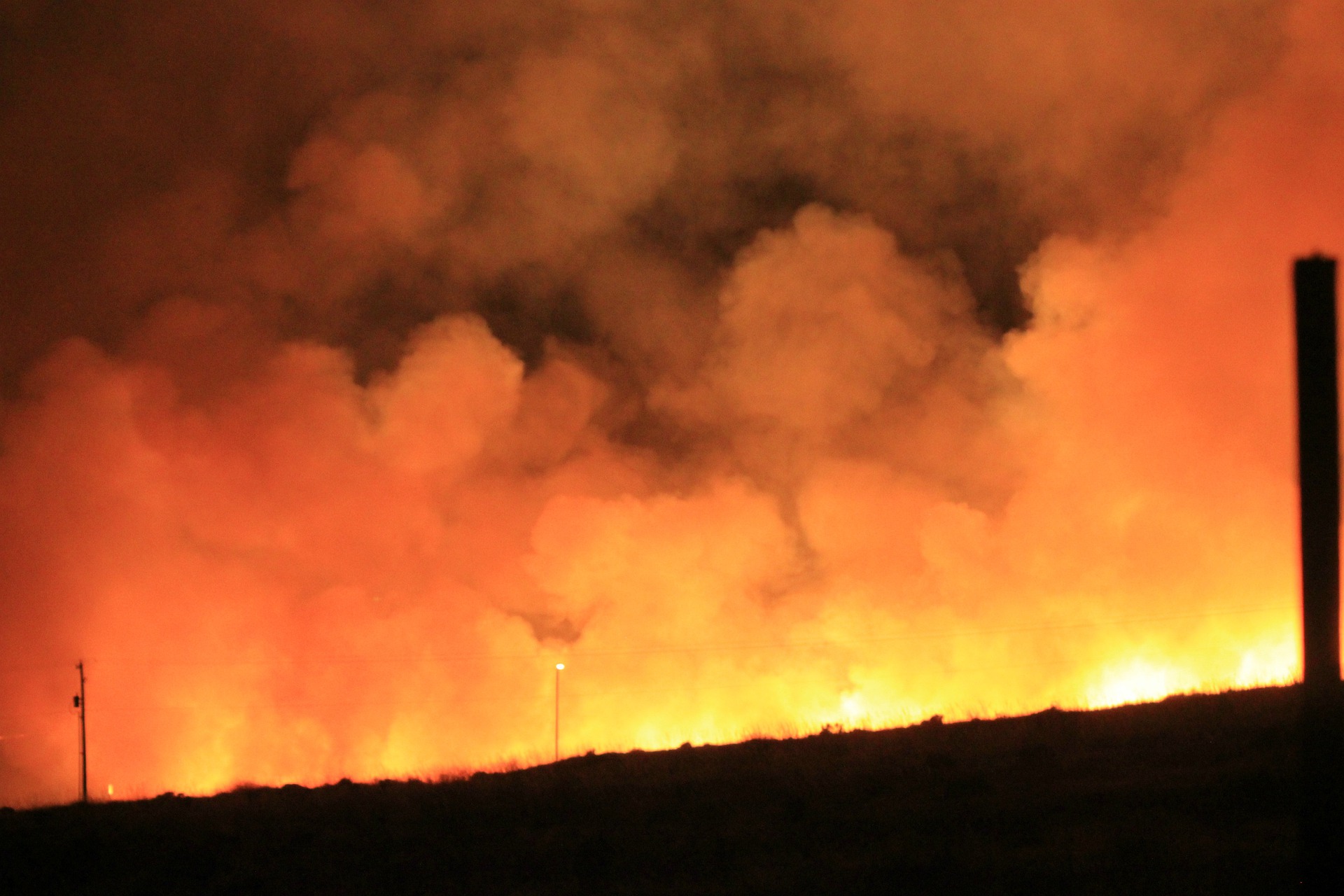You are here
HEI launches three new studies on wildfires and effectiveness of air quality policies
The HEI Board of Directors recently approved funding for three new studies: one to be conducted as part of HEI’s Accountability program to test whether air quality actions achieve cleaner air and better health, and two on the air and health impacts of wildfires.
HEI’s Research Committee selected the three-year studies from among a total of 64 preliminary applications it had received in response to RFA 20-1A, "Health Effects of Air Pollution," which solicited proposals for research on accountability, causal inference, wildland fires, and other topics. Fifteen teams were then invited to submit full applications.

Policy Impacts in Three Cities
The Accountability study will explore “Environmental and Health Benefits of Mobile Source and Electricity Generating Unit Policies to Reduce Particulate Pollution.” Stefanie Ebelt (Emory University), David Rich (University of Rochester Medical Center) and their colleagues will evaluate the effect of selected policies that targeted emissions from motor vehicles and electricity generating units on PM2.5, gaseous pollutants, PM2.5 components, and source-specific PM2.5 concentrations at six locations in Atlanta, New York City, and Los Angeles.
The investigators will compare changes in estimated PM2.5 composition resulting from the selected air quality policies during 2005−2019 and estimate the health benefits of the air quality policies over that period on cardiorespiratory emergency department visits and hospitalizations at each of the six locations.

Effects from Fires
For a study of “Australian Fires and Perinatal Health Risks,” Michelle Bell (Yale University) and colleagues in the United States and Australia will estimate daily exposure to PM2.5 from Australian wildfires using advanced fire modeling methods and emissions inventory. The investigators will then use a retrospective cohort study to estimate associations between adverse birth outcomes and those exposures. In addition, this study will assess disparities in exposures and in health responses for potentially sensitive populations, such as those with low socioeconomic status and Aboriginal and Torres Strait Islander populations. Bell and colleagues will make their advanced modeling methods and emissions inventory publicly available.
Meanwhile, for a study on “Contributions of Prescribed Fire and Agricultural Burning to Air Quality and Health,” Mehmet Talat Odman (Georgia Institute of Technology) and colleagues will quantify the effects of prescribed and agricultural burning on daily PM2.5 and ozone levels in 4 km by 4 km grids in the southeastern United States.
Odman and colleagues will use a case-crossover design to examine associations between emergency department visits in a national administrative dataset with PM2.5 and ozone associated with these burns using a source-apportionment approach. They will then estimate the excess emergency department visits that can be attributed to smoke exposure in the southeastern United States.


